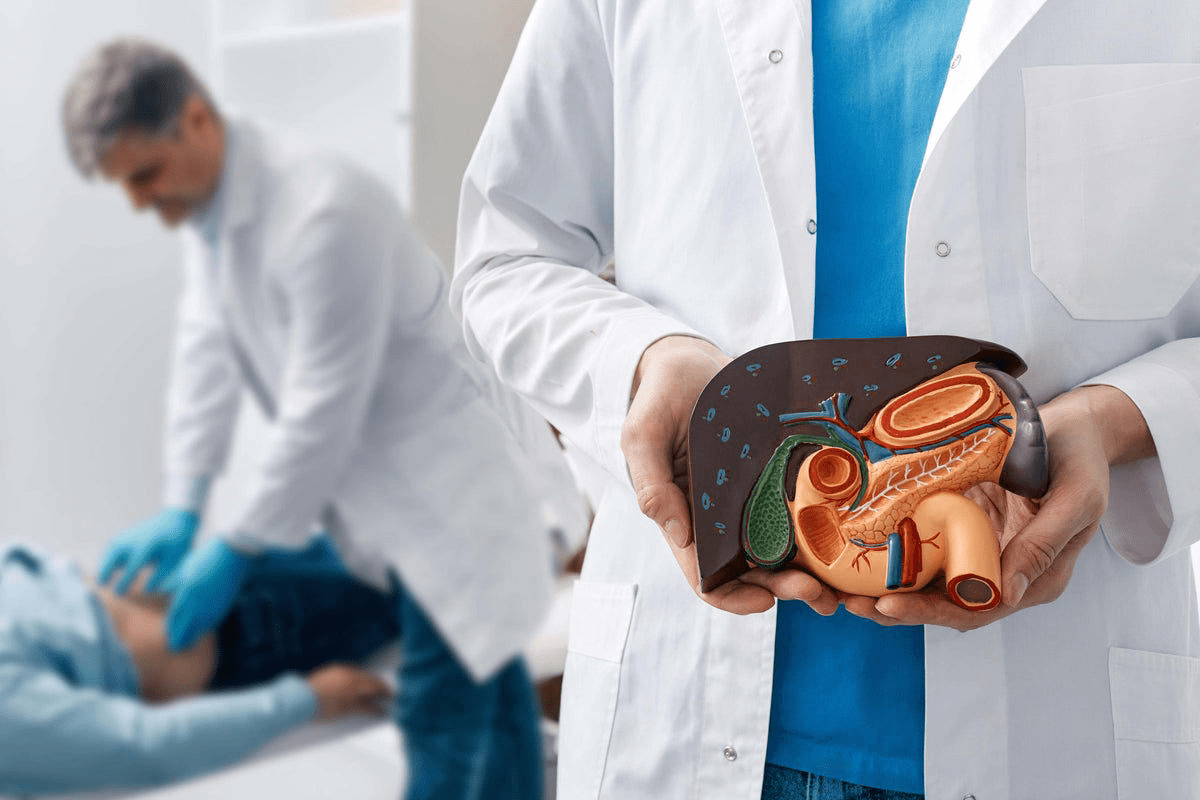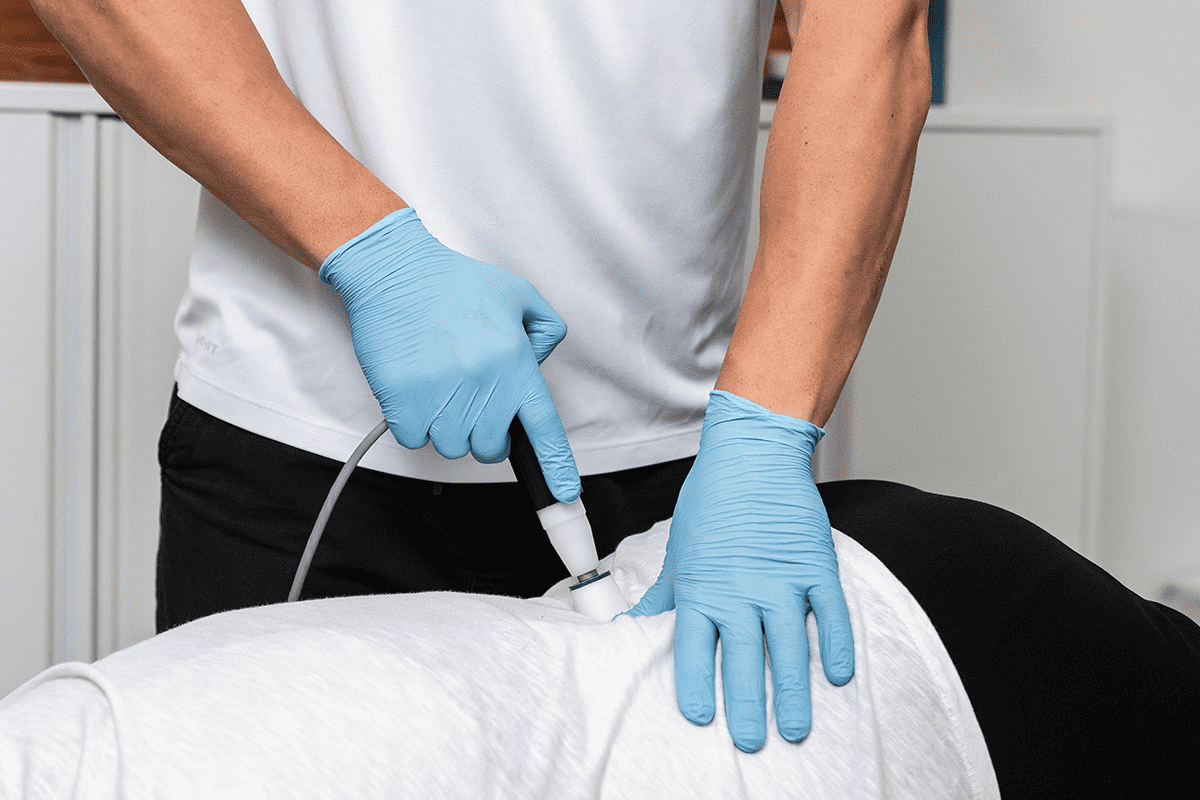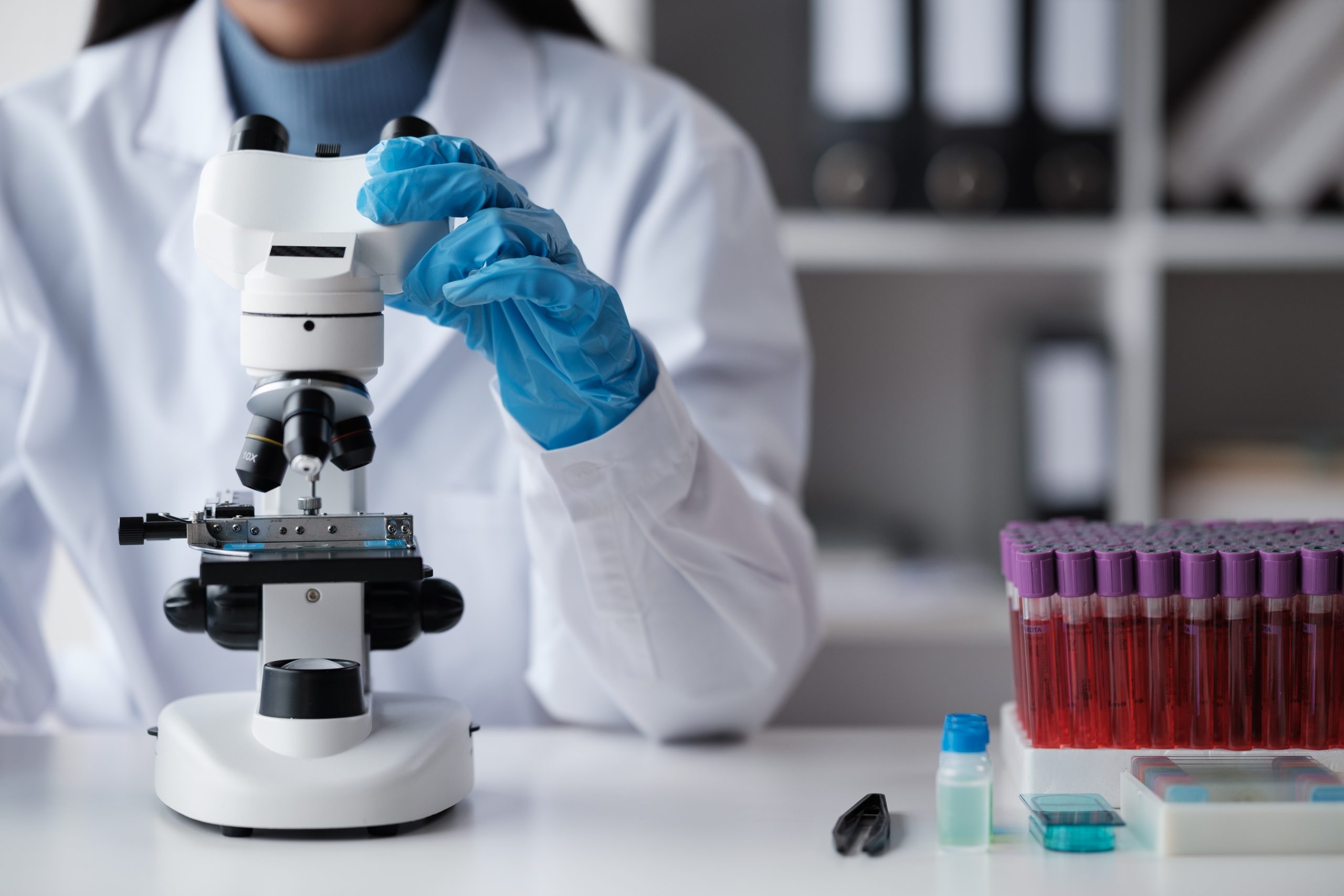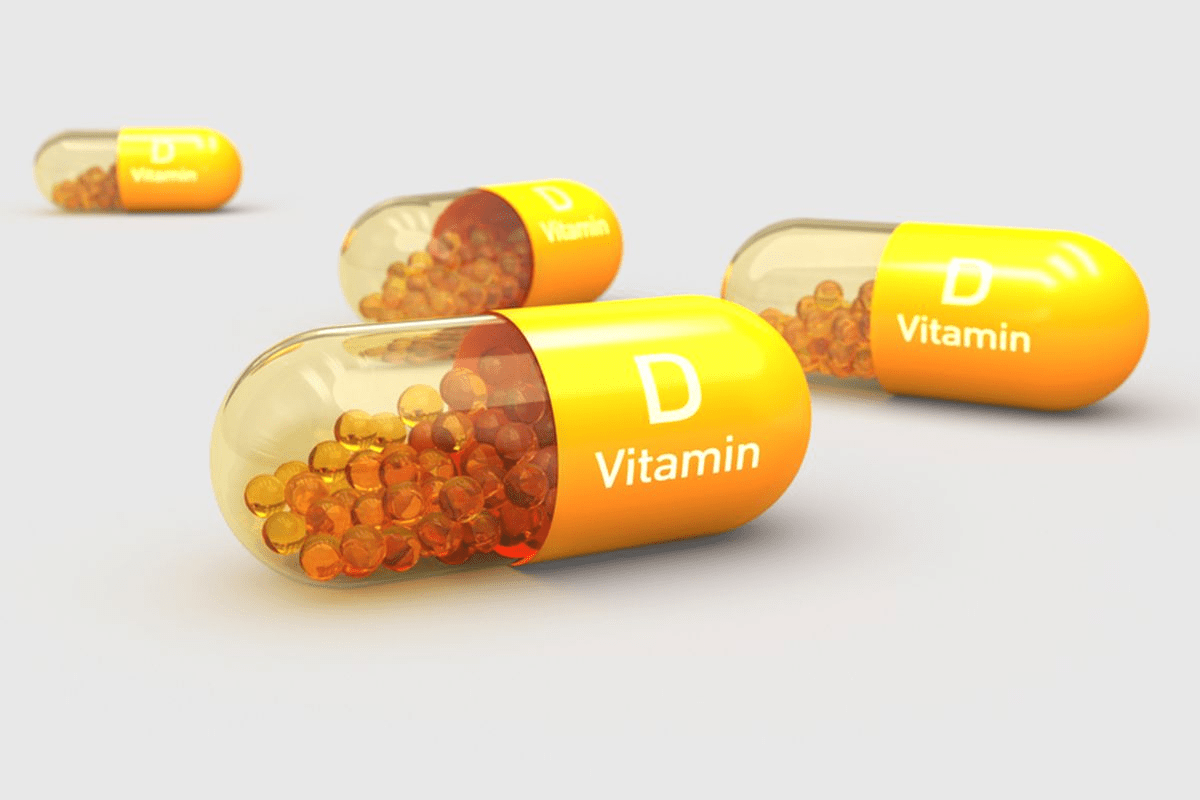Last Updated on November 27, 2025 by Bilal Hasdemir

Finding colorectal cancer early is key to treating it well. At Liv Hospital, our team uses advanced tools like PET scans. They help us find cancer accurately and give care that fits each person.
PET scans work by using a special sugar that shows up on scans. This makes them great for spotting cancer that has spread or come back. In this article, we’ll look at 7 important facts about PET scan bowel cancer, exploring what they do well and what they don’t.
Key Takeaways
- Understanding the role of PET scans in detecting colorectal cancer
- The benefits and limitations of PET scans in bowel cancer detection
- How PET scans are used in the management of colon and rectal cancer
- The importance of accurate detection in colorectal cancer treatment
- Advanced imaging techniques for reliable diagnosis
The Growing Importance of Advanced Imaging in Bowel Cancer

Bowel cancer is a big health problem worldwide. Advanced imaging is key in finding and treating it early. This is because colorectal cancer is becoming more common.
PET scans are helping a lot. They improve how we find and treat cancer. We’ll look at how bowel cancer affects us globally and why finding it early is so important.
The Global Impact of Colorectal Cancer
Colorectal cancer is a top cancer type worldwide. It affects many people, with over 1.8 million new cases each year. It’s the third most common cancer globally.
Colorectal cancer is a big problem worldwide. It happens more in some places than others. Diet, lifestyle, and genetics play a part in who gets it.
| Region | Incidence Rate (per 100,000) | Mortality Rate (per 100,000) |
| North America | 45.6 | 16.4 |
| Europe | 42.1 | 15.1 |
| Asia | 21.2 | 10.3 |
Why Early and Accurate Detection Matters
Finding bowel cancer early is key to better treatment and survival. PET scans are important in catching cancer early. This means doctors can act fast.
A study in this journal article shows how finding cancer accurately is vital for treatment.
Finding cancer accurately also helps doctors know how far it has spread. This is important for planning treatment. We’ll talk more about PET scans and their role in detecting bowel cancer in the next sections.
What is a PET Scan? The Science Behind the Technology

PET scans use radioactive tracers to show how the body works. This tech has changed medical imaging a lot. It helps doctors find and track diseases like bowel cancer.
How Positron Emission Tomography Works
PET scans detect energy from radioactive tracers in the body. These tracers go to areas that are very active, like growing cancer cells. When they decay, they send out gamma rays that the scanner picks up.
The scanner makes detailed pictures of where the body is most active. This helps doctors see cancer, where it’s spreading, and if treatments are working.
The Role of Radioactive Sugar in Highlighting Cancer Cells
18F-FDG (fluorodeoxyglucose), a radioactive sugar, is often used in PET scans. Cancer cells take in more glucose and 18F-FDG because they’re more active. This makes it easier to spot cancer in PET scans.
Using radioactive sugar in PET scans helps doctors find and track bowel cancer. It’s a powerful tool because it shows the difference between cancer cells and normal cells.
Key Fact #1: PET Scan Bowel Cancer Detection Process
The PET scan process for bowel cancer involves several steps. We help our patients through each step to make them comfortable and informed.
Patient Preparation for a Colorectal Cancer PET Scan
Before a PET scan for bowel cancer, patients need to prepare. They must fast for several hours before the scan for accurate results. We also tell patients to avoid strenuous exercise and certain medications.
- Avoid eating or drinking anything except water for 4-6 hours before the scan.
- Inform your doctor about any medications or supplements you are taking.
- Wear comfortable, loose-fitting clothing without metal.
What Happens During the Procedure
A small amount of radioactive sugar (FDG) is injected into the patient’s bloodstream during the PET scan. This sugar accumulates in areas with high activity, like cancer cells. The PET scanner then detects this activity, creating detailed images of the body’s internal structures.
The procedure takes about 30 minutes to an hour. Patients lie on a comfortable table that slides into the scanner. We support our patients through this challenging experience.
Interpreting PET Scan Results
Our team of specialists analyzes the PET scan results. They look for areas of concern, like cancerous tissues. The results help determine the cancer stage, plan treatment, and check if therapies are working.
We explain the PET scan results clearly to our patients. This ensures they understand their diagnosis and the next steps.
Key Fact #2: Can a PET Scan Show Colon Cancer? Detection Capabilities
PET scans are key in finding colon cancer. They give both functional and anatomical info. This helps see how far the disease has spread.
PET scans work differently for colon cancer. They’re good at finding tumors, but how well they do depends on several things. We’ll look at how well they find tumors, their accuracy, and what affects that.
Primary Tumor Identification Rates
PET scans can spot primary colon tumors fairly well. How well they do depends on the tumor’s size, where it is, and how active it is.
| Tumor Size | Detection Rate |
| <1 cm | 60% |
| 1-2 cm | 80% |
| >2 cm | 90% |
Sensitivity and Specificity Statistics
The sensitivity and specificity of PET scans are important. Sensitivity is how well they find people with the disease. Specificity is how well they find people without it.
Sensitivity: PET scans can spot primary colon cancer about 85-90% of the time.
Specificity: They’re very good at not giving false positives, with a specificity of 90-95%.
Factors That Influence Detection Accuracy
Several things can affect how accurate PET scans are for colon cancer. These include:
- Tumor glucose metabolism
- Patient preparation and fasting status
- Scanner technology and resolution
- Image interpretation expertise
Knowing these factors and what PET scans can do helps doctors make better choices. This is for detecting and managing colon cancer.
Key Fact #3: PET Scan Accuracy for Metastatic Bowel Cancer (90% Success Rate)
PET scans are key in finding metastatic bowel cancer, with a 90% success rate. This high accuracy helps manage the disease well. It allows for timely treatments that can greatly improve patient outcomes.
PET scans are great at spotting cancer spread to lymph nodes and distant organs. This is vital for accurately staging the disease. It helps decide the best treatment plan.
Identifying Spread to Lymph Nodes and Distant Organs
Metastatic bowel cancer often spreads to lymph nodes, liver, lungs, and other organs. PET scans are excellent at finding this spread. They highlight areas of high metabolic activity, which cancer cells show.
Accurate detection of metastatic disease is critical for several reasons: It helps in assessing the stage of cancer, guides treatment decisions, and provides valuable prognostic information. PET scans, with their high sensitivity, play a vital role in this process.
Why PET Excels at Detecting Metastatic Disease
PET scans are great at finding metastatic disease because of their functional imaging. Unlike CT scans, PET scans show metabolic activity of tissues. Cancer cells, with their higher metabolic rates, are highlighted by PET scans.
The use of radioactive sugar (FDG) in PET scans is a key factor in their success. Cancer cells absorb more FDG than normal cells. This makes them stand out on the scan. It helps PET scans detect cancer spread even in normal-sized lymph nodes or organs.
Research Supporting High Accuracy Rates
Many studies show PET scans are very accurate in finding metastatic bowel cancer. Research proves PET scans can spot metastatic disease with high accuracy. This makes PET scans a vital tool in managing bowel cancer.
PET scans give accurate info on disease spread. This helps healthcare providers tailor treatments to each patient. This personalized approach can lead to better outcomes and improved quality of life for those with metastatic bowel cancer.
Key Fact #4: PET Scan Staging Accuracy for Colorectal Cancer (74% Success Rate)
PET scans are key in staging colorectal cancer, with a 74% accuracy rate. Accurate staging helps choose the best treatment and predict outcomes.
Understanding Cancer Staging and Its Importance
Cancer staging shows how far cancer has spread in the body. It’s key for picking the right treatment and knowing what to expect. For colorectal cancer, it looks at the tumor size, lymph nodes, and if cancer has spread.
How PET Contributes to Accurate Staging
PET scans help by showing how active the tumor is. They spot high glucose uptake, which means cancer. This info is vital for:
- Checking the tumor size
- Finding out if lymph nodes are involved
- Spotting cancer in other parts of the body
PET scans make staging more accurate. This improves treatment choices and patient results.
Limitations in Certain Staging Scenarios
Even with high accuracy, PET scans have limits. Small or slow-growing tumors might not show up well. Also, inflammation or other issues can cause false positives.
| Staging Scenario | PET Scan Accuracy | Limitations |
| Primary Tumor Assessment | High | Small or low-metabolism tumors |
| Lymph Node Involvement | Moderate to High | Microscopic involvement |
| Distant Metastasis Detection | High | Small metastatic sites |
Key Fact #5: Will a PET Scan Detect Colon Cancer Better Than CT?
It’s important to know the differences between PET scans and CT scans for colon cancer. Each has its own strengths and weaknesses. The right choice depends on the cancer’s stage and the patient’s health.
Comparative Strengths and Weaknesses
PET scans are great at finding cancer spread in the body. A study on CancerConnect shows they outdo CT scans in this area.
PET Scan Strengths: They spot cancerous tissues well because they show metabolic activity.
Limitation: They don’t give as much detail about body structures as CT scans do.
When CT is Preferred Over PET
CT scans, though, are better for detailed body images. They’re great for checking organ structures and spotting big tumors.
| Imaging Technique | Strengths | Weaknesses |
| PET Scan | High sensitivity for detecting cancer spread | Less anatomical detail |
| CT Scan | Detailed anatomical images | Less sensitive for detecting small cancerous tissues |
The Value of Combined PET/CT Imaging
Using both PET and CT scans together is the best choice. It gives detailed body images and metabolic info. This combo is key for accurate diagnoses, mainly in complex cases.
Key Fact #6: PET Scan vs. Colonoscopy: Why Colonoscopy Remains Essential
PET scans and colonoscopies are both used to find and diagnose colon cancer. But they do different things. PET scans help find cancer and see how far it has spread. Colonoscopies are the best way to find and remove polyps and early tumors.
Can a PET Scan Replace a Colonoscopy?
A PET scan can’t replace a colonoscopy for a few reasons. First, PET scans can’t find small polyps as well as colonoscopies can. Colonoscopies let doctors see the colon directly and take out polyps. This is key to stopping colon cancer.
Complementary Roles in Diagnosis and Treatment Planning
PET scans and colonoscopies work together in finding and planning treatment for colon cancer. PET scans help see how far cancer has spread. Colonoscopies are key for finding and removing polyps that could turn into cancer.
When Each Test is Most Appropriate
Choosing between a PET scan and a colonoscopy depends on the situation. For example, colonoscopies are best for screening people who don’t have symptoms. PET scans are often used to check how far cancer has spread in people who already know they have it.
| Diagnostic Tool | Purpose | Advantages |
| PET Scan | Detects cancer and assesses its spread | Useful for staging cancer, assessing treatment response |
| Colonoscopy | Directly visualizes the colon, removes polyps | Gold standard for colon cancer screening, allows polyp removal |
Key Fact #7: Can a PET Scan Detect Colon Polyps? Understanding the Limitations
PET scans are useful for finding and checking cancer, but they have limits when it comes to colon polyps. They can spot larger polyps, but small ones are harder to find.
Why Small Polyps Are Difficult to Detect with PET
Small colon polyps are tough to spot with PET scans. This is because of their size and the tech’s resolution. PET scans look for cell activity, and small polyps might not show up because they don’t have many active cells.
Also, the type and location of the polyp can affect how easy it is to see. Some polyps or those in busy areas might be harder to find.
Alternative Methods for Polyp Detection
Because of PET scan limits, other ways are used to find colon polyps. Colonoscopy is the top choice. It lets doctors see the colon directly and take out polyps for tests.
Other options include:
- CT colonography, which uses CT scans to make detailed colon pictures.
- Fecal occult blood tests (FOBT) and fecal immunochemical tests (FIT), which find hidden blood in stool.
The Future of Polyp Imaging Technology
New imaging tech is being worked on to better find colon polyps. Research is looking into new tracers and tech to make PET scans better at finding polyps.
Also, using artificial intelligence (AI) and machine learning with imaging might help. These tools could make finding polyps easier by analyzing images better than humans can.
The Role of PET Scans in Recurrent Bowel Cancer Detection
Finding recurrent bowel cancer is tough, and PET scans are key. They help us watch for cancer coming back after treatment. They are very good at spotting cancer that has returned.
Monitoring for Cancer Recurrence After Treatment
Patients with bowel cancer need to be checked often for signs of it coming back. PET scans are a big help in this. They let doctors find cancer early, which is very important.
PET scans use new tech to find cancer by looking at how active cells are. This is great for finding cancer in lymph nodes or other places far from where it started.
Accuracy Rates for Detecting Returning Cancer
Research shows PET scans are very good at finding cancer that has come back. They are better than other ways of looking at cancer. In some cases, they can spot cancer coming back over 90% of the time.
Impact on Survival Rates and Treatment Planning
Finding cancer early with PET scans really helps patients. It lets doctors plan better treatments. This can make patients live longer and feel better.
In short, PET scans are very important for finding cancer that has come back. They help us make treatments better and improve how patients do. We will keep using them to help patients more.
Advanced PET Imaging Technologies for Improved Bowel Cancer Detection
Advances in PET imaging are changing how we find and treat bowel cancer. New technologies are making detection more accurate and effective.
New Tracers Beyond FDG
New tracers are being developed for PET imaging, beyond the usual Fluorodeoxyglucose (FDG). These tracers target cancer cell features, aiming to boost detection rates for bowel cancer.
Examples of new tracers include:
- Fluorothymidine (FLT): Used to check cell growth.
- Fluoromisonidazole (FMISO): Detects tumor hypoxia.
These tracers could lead to more precise images and better treatment plans.
Technological Improvements in Scanner Resolution
Scanner technology has improved, leading to better PET imaging. Modern scanners can spot smaller tumors and give detailed info on cancer spread.
“The development of high-resolution PET scanners has been a game-changer in oncology, enabling clinicians to detect and treat cancers at an earlier stage.” – Oncologist
Artificial Intelligence and Image Analysis
Artificial intelligence (AI) is being used in PET image analysis. AI algorithms help quantify images, spot patterns, and improve cancer staging accuracy.
Benefits of AI in PET imaging include:
- Enhanced detection of metastatic disease.
- Improved accuracy in tumor delineation for radiation therapy planning.
- Potential for personalized medicine through tailored imaging protocols.
As PET imaging tech keeps improving, we’ll see even better ways to detect and treat bowel cancer.
Conclusion: The Future of PET Scanning in Bowel Cancer Management
PET scanning is key in managing bowel cancer. It’s very accurate in finding and staging tumors. This helps doctors spot primary tumors, check for spread, and watch for cancer coming back.
PET scans are very sensitive and specific. They help find cancer in other parts of the body. This changes how doctors plan treatment. Studies show PET-CT can change cancer staging in many cases, as seen on the National Center for Biotechnology Information.
PET scanning technology is getting better. New tracers and better scanners will help find cancer more easily. Artificial intelligence will also help analyze images. This means better care for bowel cancer patients in the future.
Using PET scans in care plans helps patients get the best treatment. As we go on, PET scans will play a bigger role in bowel cancer care. This will lead to better diagnosis, treatment, and care for patients.
FAQ
Can a PET scan detect colon cancer?
Yes, PET scans can spot colon cancer. They highlight areas with high activity, which is common in cancer cells.
How accurate is a PET scan for detecting colon cancer?
PET scans’ accuracy varies for colon cancer. It depends on the tumor’s size and location. They work best for larger tumors and when cancer has spread.
Can a PET scan replace a colonoscopy?
No, a PET scan can’t replace a colonoscopy. PET scans help find cancer and see if it has spread. But, colonoscopy is key for seeing the colon and removing polyps directly.
What is the role of PET scans in detecting metastatic bowel cancer?
PET scans are great at finding metastatic bowel cancer. They accurately spot cancer in lymph nodes and distant organs.
Can PET scans detect colon polyps?
PET scans aren’t good at finding small colon polyps. This is because they can’t see small details and polyps don’t show up well.
How do PET scans compare to CT scans in detecting colon cancer?
PET scans and CT scans are good at different things. PET scans find cancer cells that are active. CT scans show detailed pictures of the body. Using both together gives the best view.
What are the advancements in PET imaging technology for bowel cancer detection?
New technology includes better tracers, higher scanner resolution, and AI in image analysis. These advancements help find and manage bowel cancer better.
Can a PET scan detect recurrent bowel cancer?
Yes, PET scans are good at finding bowel cancer that comes back. This helps doctors treat it early and improve treatment plans.
Will a PET scan show colon cancer better than a CT scan?
It depends on the situation. PET scans are great at finding cancer cells. CT scans show detailed body pictures. The right choice depends on the case.
Is a PET scan necessary for colon cancer diagnosis?
Not always. PET scans are useful for checking how far cancer has spread. But, doctors usually use colonoscopy and biopsy to diagnose colon cancer.
Can a CT scan detect colon cancer?
Yes, CT scans can find colon cancer, but only when it’s grown a lot. They’re not as good at finding early cancer or small polyps as colonoscopy is.
Reference
- Kutbi, M., et al. (2024). Artificial Intelligence-Based Applications for Bone Fracture Detection: A Systematic Review. Diagnostics, 14(9), 1883. https://www.ncbi.nlm.nih.gov/pmc/articles/PMC11394268/






